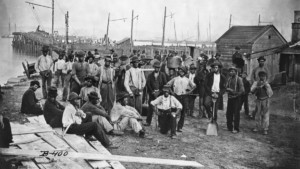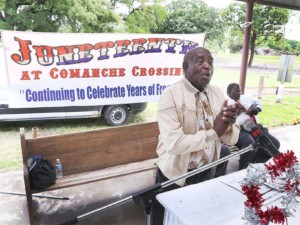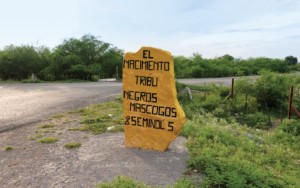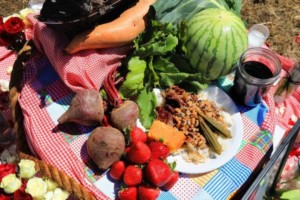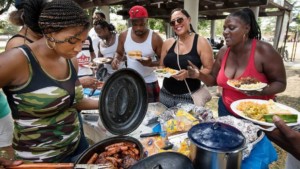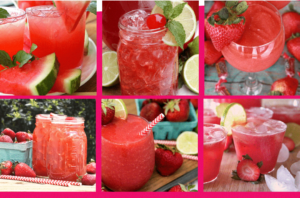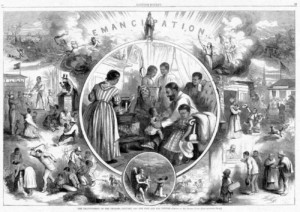
“…my daddy told me that they whooped and hollered and bored holes in trees with augers and stopped it up with [gun]powder and light and that would be their blast for the celebration.”
— Freedman descendant
The reverberation in Galveston, on June 19, 1865, was immediate following Union Gen. Gordon Granger’s announcement from The Strand that Texas slaves were free. Nearby Black dockworkers were among the first to learn the news of emancipation and their jubilant displays set the tone for celebrations that would quickly spread around the city…and soon the state…and now, 165 years later, around the world.
As described by Galveston genealogist Sharon Gillins: “The announcement of freedom brought the eruption of spontaneous celebrations by freedmen and their supporters throughout the city, from the docks to the Public Square, in churches, on street corners and in homes.”
No Juneteenth celebration will ever match the initial jubilation of enslaved Texans when they got the news in 1865 about their emancipation and ventured off into a great unknown — freedom. One year later, the first Juneteenth celebrations were held from Galveston throughout East Texas, where most freedmen settled after emancipation, gathering in rural communities and burgeoning Freedom Colonies to rejoice with parades, dances, church services, hallelujahs, community feasts, and tears.
We’re celebrating Juneteenth becoming a national holiday — as of June 18 (last Thursday) — with this virtual exhibit that looks at how celebrations for the day have evolved through the years, from 1866, and also give a bit of insight to those scrambling to find out what the newest federal holiday is all about. The exhibit looks at where and how those first celebrations were held and how they changed, or not — festive community gatherings, picnics, reflection, parades, etc. — through the years and expanded across the nation because of the Great Migration, then to the international festivities we see today. For example, Milwaukee boasts of having the largest Juneteenth celebration in the country, hosting as many as 70,000 celebrants who “feel a kinship to Galveston.”
